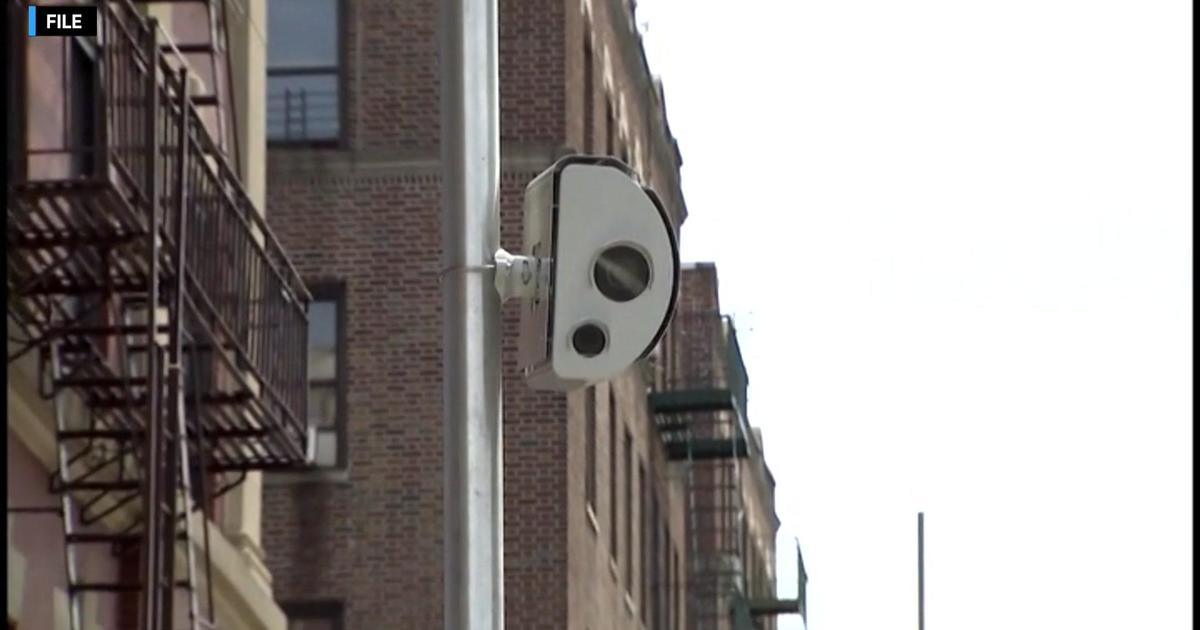Kallas: Supreme Court Rules In Aluminum Bat Case
By Steve Kallas
» More Columns
CASE OF PATCH (18-YEAR-OLD KILLED BY BALL HIT OFF ALUMINUM BAT) v. LOUISVILLE SLUGGER AFFIRMED BY MONTANA SUPREME COURT
On July 25, 2003, 18-year-old Brandon Patch was pitching in an American Legion game in Montana when a ball hit off a Louisville Slugger aluminum bat hit him in the head. Brandon Patch would die a few hours later.
After attempting (unsuccessfully) to get a law passed banning the use of aluminum bats in Montana, the Patch family filed a lawsuit (in 2006, on virtually the last day before the statute of limitations ran out) against Hillerich & Bradsby Company (hereafter "Louisville Slugger" or "H&B") to recover damages for both the estate of Brandon Patch and for the parents of Brandon Patch.
In October, 2009, after a trial in Helena, Montana, the jury reached a unanimous verdict in favor of the Patch family, finding that Louisville Slugger had sold a bat in defective condition in that Louisville Slugger had failed to warn Brandon Patch and others of the enhanced risks associated with the use of their bat. The jury awarded the Patch family $850,000.
THE APPEAL
Unlike the 2002 case of Brett v. Louisville Slugger in Oklahoma, where a $150,000 jury verdict against Louisville Slugger for injury caused to Jeremy Brett was paid by Louisville Slugger without an appeal, Louisville Slugger decided to appeal the Patch jury verdict.
Under the appellate rules of Montana, the appeal of the Patch verdict went right to the Montana Supreme Court. Orally argued on January 26, 2011 by Curt Drake (of Drake Law Firm) for the Patch family and by Kyle Anne Gray (of Holland & Hart) for Louisville Slugger, the Montana Supreme Court came down with its decision this past Thursday, July 21, 2011 (that's almost exactly eight long years from the day of the death of an 18-year-old pitcher).
THE DECISION
In a unanimous decision by the seven justices of the Montana Supreme Court, the Court affirmed the jury verdict which gave the Patch family a verdict of $850,000. The 15-page decision, written by Justice Michael E. Wheat with a brief (three-page) concurring opinion by Justice Jim Rice, went through each of five issues raised by Louisville Slugger, denying all of them.
Included in those five issues were Louisville Slugger's attempts to claim an assumption-of-the-risk defense. The Montana Supreme Court stated that "[a]ssumption of the risk was not applicable here because there is no evidence that Brandon actually knew he would be seriously injured or killed when pitching to a batter using one of H&B's model CB-13 aluminum bats." (the type of Louisville Slugger bat that was used to hit the ball that killed Brandon Patch). The opinion goes on: "In other words, H&B failed to show that Brandon was aware of the enhanced risks associated with the model CB-13 aluminum bat, and, knowing that, he voluntarily proceeded to pitch to a batter using that bat."
The Court later went on to deny the defendant's request to set aside the verdict and grant Louisville Slugger a new trial, essentially giving great deference to the jury verdict (as most appellate courts do) and finding that the trial itself was a fair one. Indeed, the Montana Supreme Court held that "H&B is subject to liability to all players, including Brandon, for the physical harm caused by its bat's increased exit speed … ."
WHAT DOES IT ALL MEAN?
Well, with the advent of the "truer" (as Ron Darling said on the July 17 edition of "The Sports Edge" on WFAN) BBCOR bats in college in 2011 and in high school in 2012, the "weaponry," at a minimum, has been toned down. It's not wood, which, in this writer's opinion, would be the best (and safest) type of bat to use across the board, but it's better than what has been used in the past.
But the jury verdict in the Patch case, now affirmed by the Montana Supreme Court, continues to send a message to the bat companies and baseball federations across the country (including the NCAA – for college -- and the NFHS – for high school) that these BESR bats (the "weapons') have no place in 21st Century baseball (hopefully, Little League International will get the same message and ban the BESR bats in its Majors (9-13) Division).
While no amount of money can replace your child, the Patch family's goal was always to not have this kind of tragedy happen to another family. With the advent of BBCOR bats and the jury verdict and appellate victories in the Patch case, much good has come out of a terrible situation – the death of an 18-year-old who just wanted to pitch in an American Legion game in the summer of 2003.
Whether you know it or not, the life that was just saved might be that of your own child.



